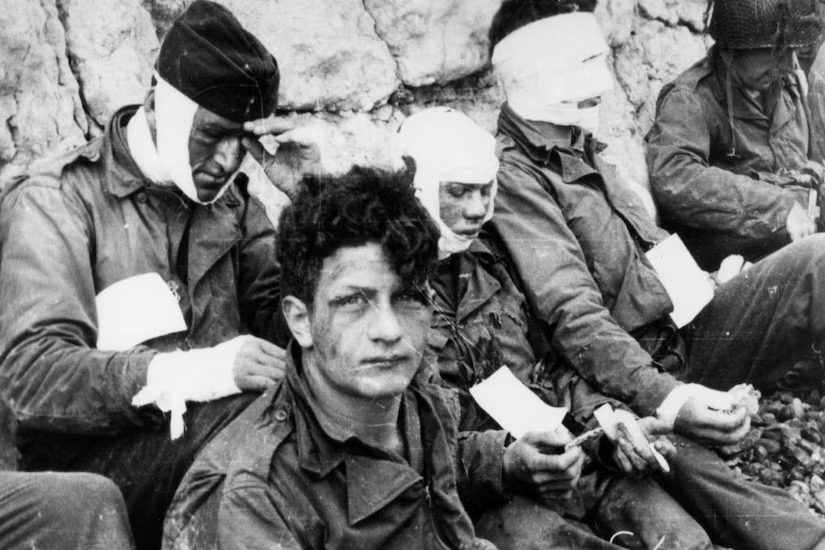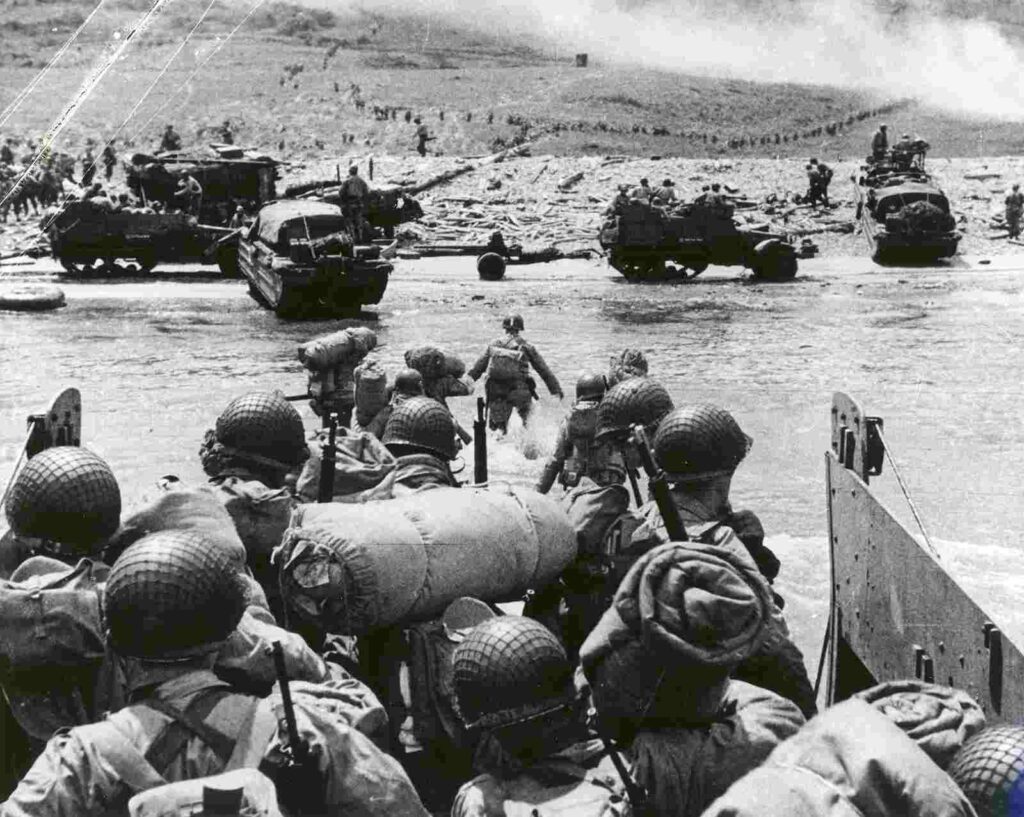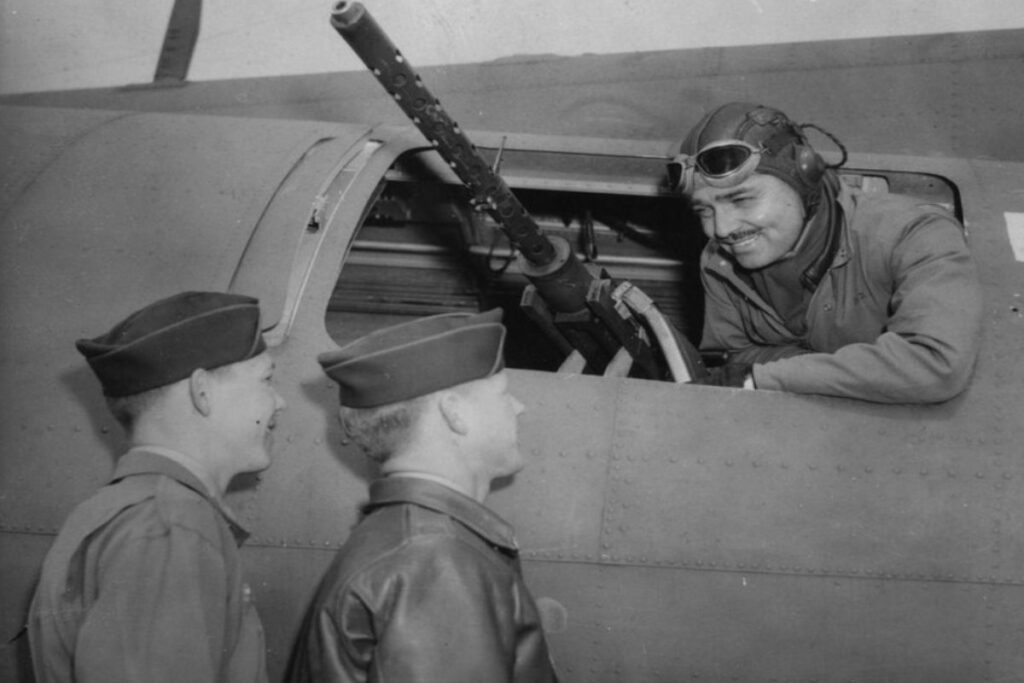Did you know about the tragic incident that occurred on June 6, 1944? If not, let’s walk down the memory lane, shall we? On the early morning of June 6, 1944, in the crucial hours of the Normandy Invasion, five airmen carried out a mission despite the dangerous conditions.
At exactly 2:44 a.m., their C-47 aircraft released 14 paratroopers from the 82nd Airborne Division near their designated drop zone over Normandy, France. While their mission was successful, it came at the ultimate cost. The aircraft soon plunged from the sky, and the men lost their lives.
Days after the crash, they recovered the remains of the crew chief and pilot. However, the whereabouts of the co-pilot, radio operator, and navigator were unknown. In fact, decades passed with no trace of the three airmen. But what if I told you they recently found them? Let’s get into the story!
Missing Airmen Brought Home After Eighty Years
Eighty years after that unforgettable day in history, the Defense POW/MIA Accounting Agency (DPAA), a division of the Department of Defense, has reignited hope for closure. Investigators believe they have identified the crash site of the ill-fated C-47, alongside likely remains of the missing airmen.

ALSO READ: Senate Report Exposes Decades of Deception by Oil Giants on Climate Change
These men are 2nd Lieutenant William Donohue, the co-pilot, 2nd Lieutenant Albert Brooks, the navigator, and Staff Sergeant David Madson, the radio operator. Notably, these three airmen were part of the 304th Troop Carrier Squadron, 442nd Troop Carrier Group, 50th Troop Carrier Wing.
All thanks to renewed efforts and advanced technology, the DPAA aims to bring these heroes home and provide long-awaited closure to their families.
The Airborne Assault
D-Day, a crucial moment in the European theater of World War II, was the turning point in favor of the Allied Forces. Often dubbed the “beginning of the end,” the operation was the culmination of years of strategic planning from President Franklin D. Roosevelt to initiate a major offensive against German-held territory.
Dr. Eric Klinek, a historian, firmly involved himself in the events of D-Day and noted its significance. Notably, D-Day was the first substantial offensive thrusting American forces into German-occupied Europe.
ALSO READ: Elon Musk Urges Warren Buffett to Invest in Tesla Shares
The airborne assault, spearheaded by the popular 101st and 82nd Airborne Divisions, played a crucial role in Operation Overload. Over 160,000 Allied troops stormed the beaches of Normandy in a bid to free Europe from Nazi tyranny.
Kudos to the paratroopers of the 101st and 82nd Airborne Divisions. These folks displayed bravery as they leaped from their C-47 aircraft, military adaptations of the civilian DC-3. Departing from England at 11 p.m. on June 5, they crossed the dangerous waters of the English Channel. Their goal was to land behind Utah Beach a few hours before the amphibious assault.
On the morning of D-Day, 821 C-47 transported over 13,000 elite soldiers into the enemy territory. However, during the chaotic event, 18 of these aircraft met their fate: victims of enemy fire and treacherous weather.
Moreover, communication disruptions and unforeseen problems led to the widespread dispersion of airborne troops. While some descended precisely onto their designated drop zones, others found miles off course.
The Tragic Fate of Five Airmen on D-Day
As the Douglas C-47 aircraft, piloted by 1st Lieutenant Samuel Williams Jr. and crewed by Major McKinley McCanless, approached German-held territory in the early hours of June 6, the stakes became high.
The five airmen faced a barrage of anti-aircraft fire from below. Unfortunately, the crew could not escape or control their landing after successfully dropping their paratroopers. Eyewitness accounts from French locals vividly recount the horrific scene as the C-47 crashed to the earth, engulfed in flames, claiming the lives of all five brave men.
Rediscovering the Crash Site
In 2016, good news came when the Defense POW/MIA Accounting Agency received intelligence indicating the rediscovery of the crash site on farmland in Normandy. After a thorough investigation and evaluation by a team led by Dr. Eric Klinek, they found significant pieces of wreckage, including fragments of the C-47 aircraft.

Dr. Klinek spoke on behalf of the agency, confirming the conclusive evidence linking the discovered debris to the ill-fated aircraft. Still, on the case, the agency initiated another excavation effort to recover every possible artifact or trace of human remains, ensuring closure for the families of the fallen heroes.
You Might Also Like:
Selena Gomez Reacts to Benny Blanco Saying He Wants Marriage and Kids
Vegetables Don’t Exist—But Here’s Why You Should Still Eat Them
